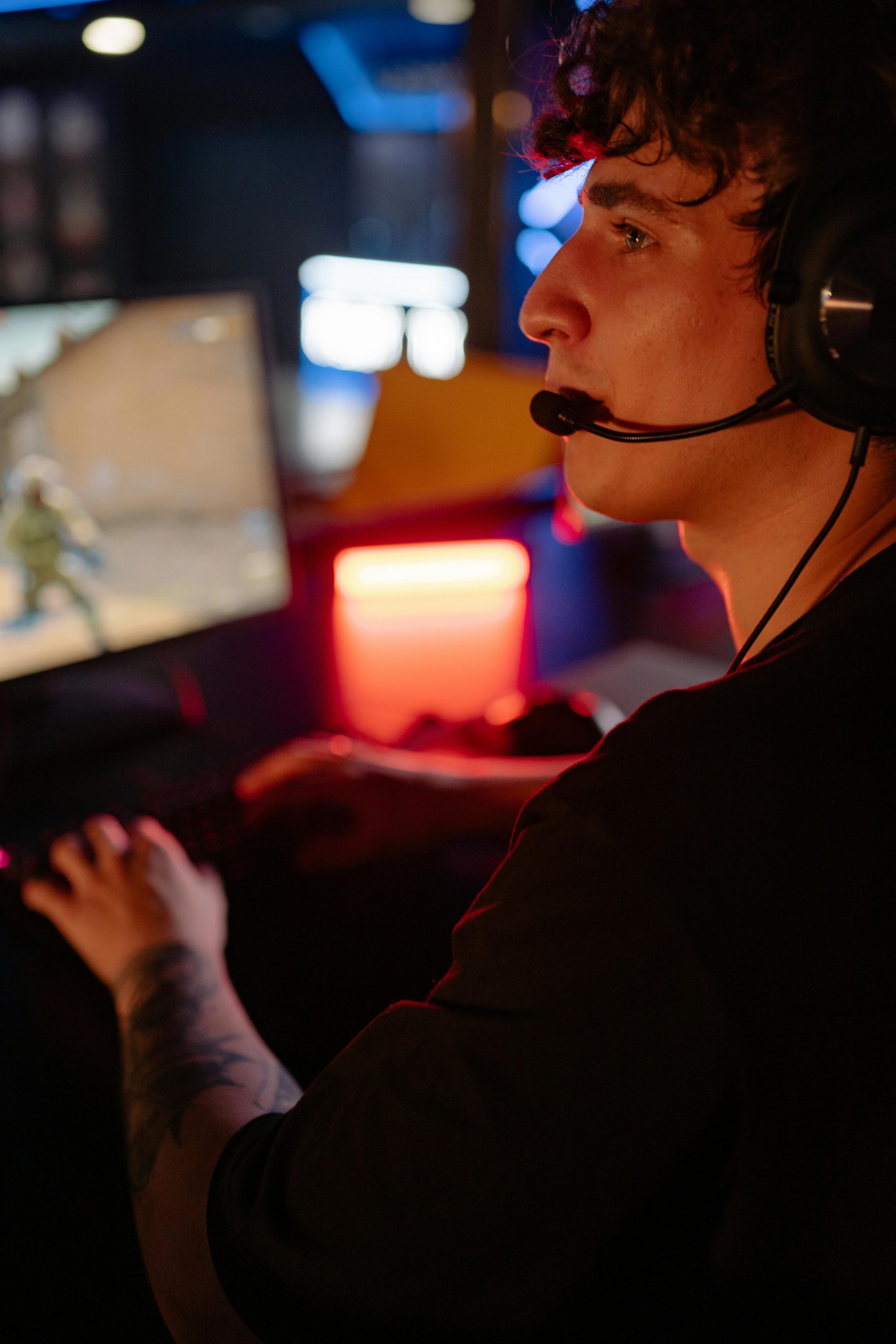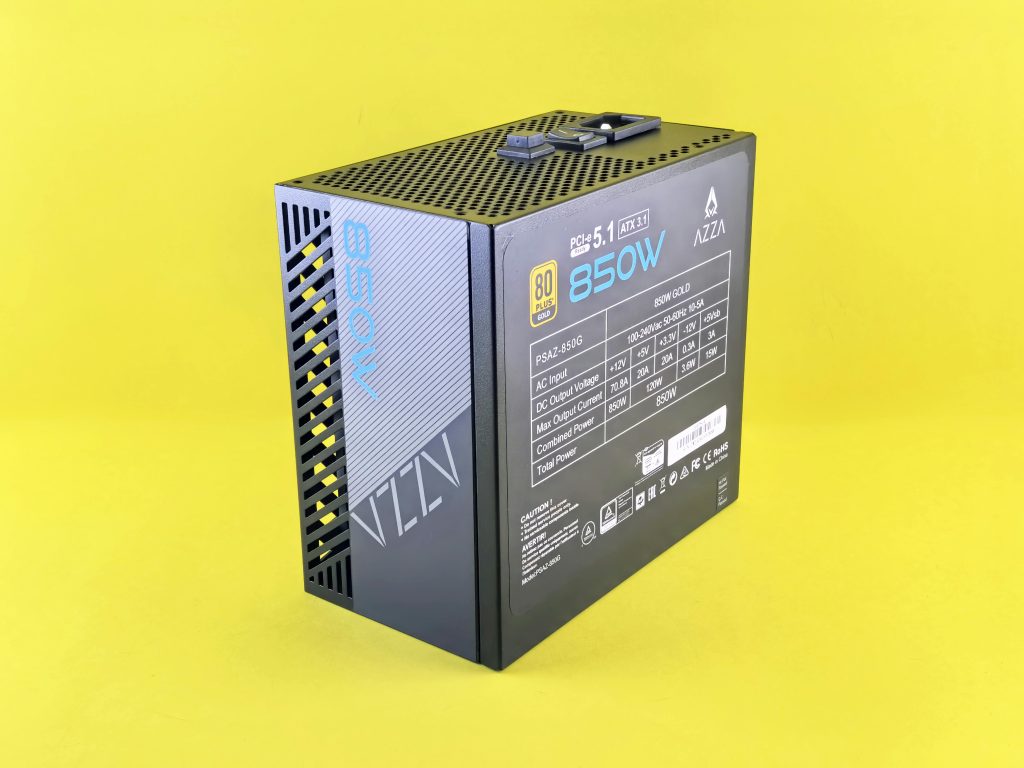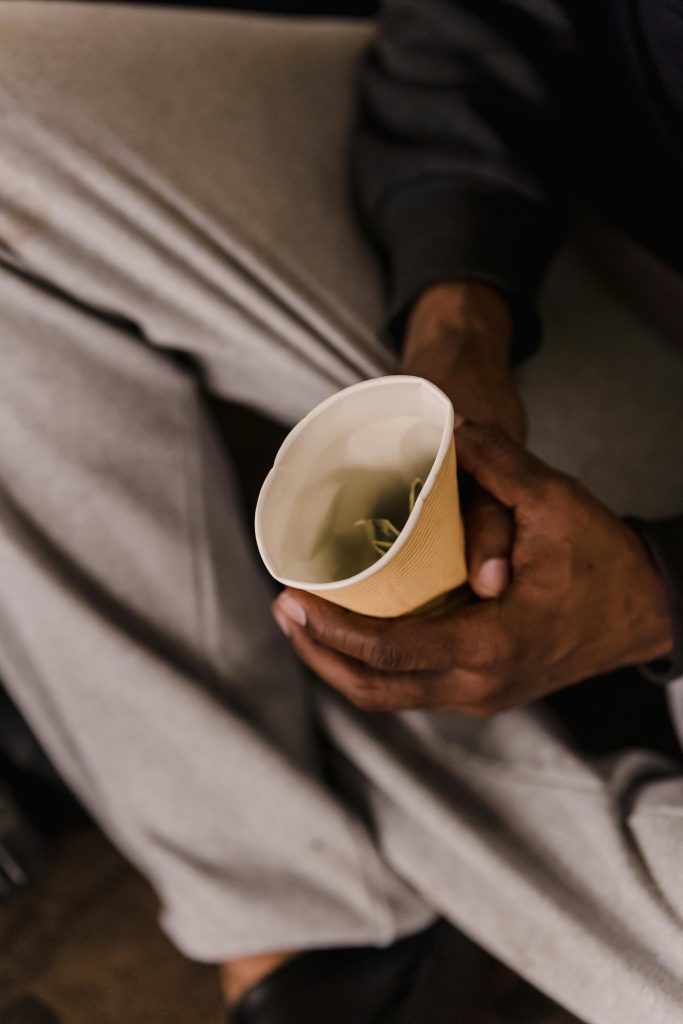Title: Troubleshooting: Games Not Launching on PC After Hardware Adjustments
Introduction:
Experiencing issues with game launches can be frustrating, especially when your system previously handled gaming sessions smoothly. Recently, some users have reported problems where popular titles like Roblox and Genshin Impact fail to launch or crash shortly after starting. If you’ve encountered similar issues following maintenance or hardware adjustments, this guide provides insights into potential causes and effective troubleshooting steps.
Understanding the Issue:
In many cases, the problem manifests as games either failing to launch entirely or freezing and crashing during gameplay. Notably, basic applications such as web browsers and communication tools like Discord continue to function normally, indicating that the system isn’t entirely unresponsive. Common symptoms include:
- Games launching to the main menu but crashing upon attempting to join a game.
- Crashes occurring during specific phases, such as loading screens.
- The system crashing or becoming unresponsive when opening system utilities like Task Manager.
- Display anomalies such as stuck pixels on the monitor.
Possible Causes:
Several factors can lead to such issues, particularly after hardware handling or system updates:
-
Hardware Connection Changes: Reconnecting cables and external peripherals during cleanup can sometimes loosen connections or cause hardware misconfigurations.
-
Driver Incompatibilities or Corruption: Driver updates or reinstallation might not fully resolve underlying issues, especially if incompatible or outdated drivers remain active.
-
System Instability or Hardware Damage: Physical adjustments can inadvertently cause hardware faults, such as GPU or display issues.
-
Software Conflicts: Background applications or system updates might conflict with game launching processes.
Step-by-Step Troubleshooting:
- Verify Hardware Connections
- Ensure all internal and external cables are securely connected.
- Check monitor connections and confirm that display cables are properly seated.
-
Inspect for any visible hardware damage.
-
Update or Roll Back Drivers
- Double-check that GPU drivers are the latest version compatible with your hardware.
-
Consider rolling back to a previous driver version if issues began after a recent update.
-
Run System Diagnostics
- Use Windows’ built-in tools like Memory Diagnostic to check RAM stability.
-
Run System File Checker (sfc /scannow) in Command Prompt to repair corrupt system files.
-
Check for Windows Updates
-
Ensure your OS is fully updated; sometimes, patches resolve stability issues.
-
Manage Graphics Settings
- Lower in-game graphics settings or disable any
Share this content:



